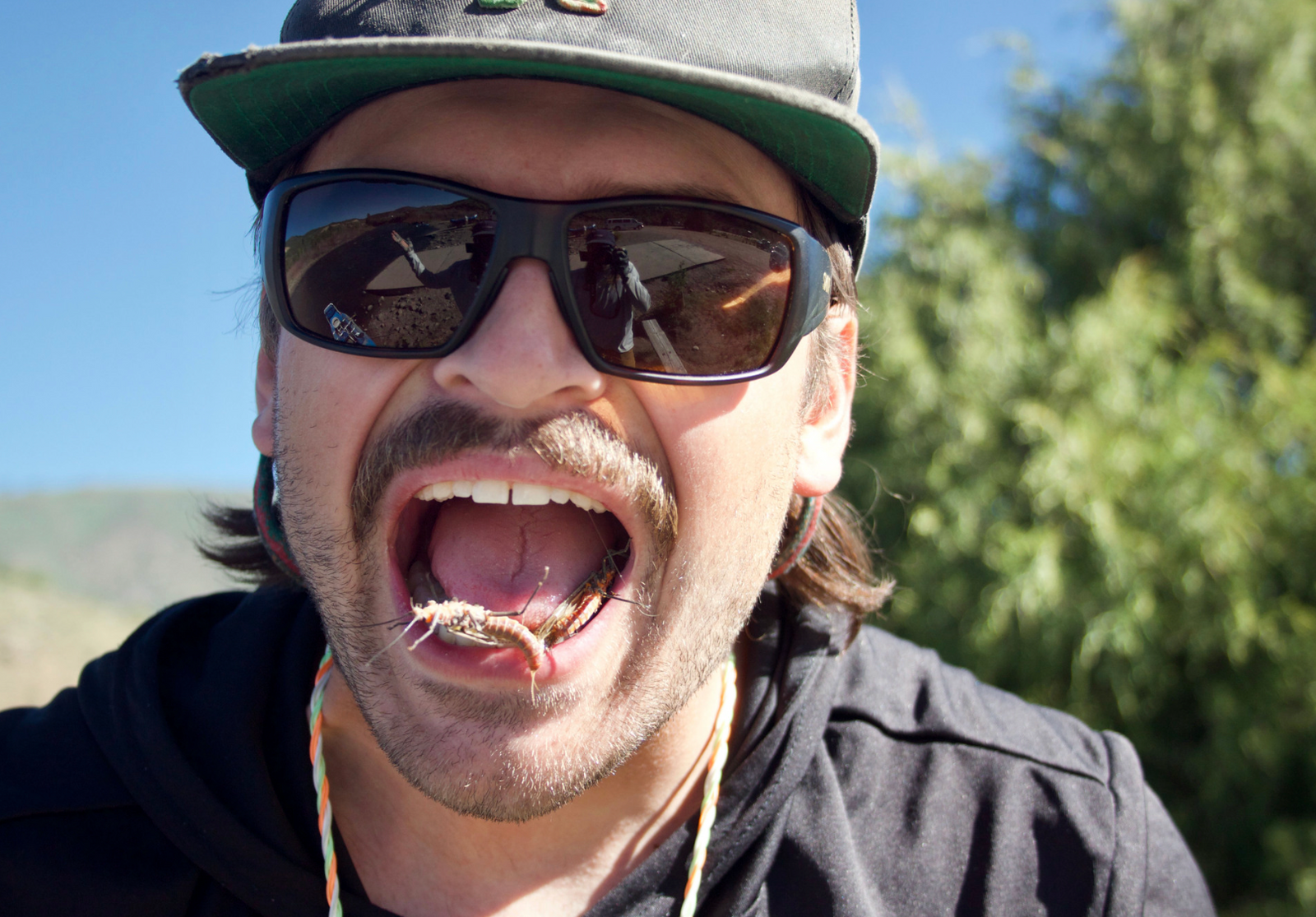
When it comes to a style of fishing matching the time of year nothing has more of a synopsis than winter flows and nymphing. Whether you're matching a midge, chironomid, or stonefly hatch, the bobber is the name of the game. Yes, euro nymphing or tight line nymphing has a place but when the water is slow and deep you gotta break out the indicator if you want to be effective.
In this short blog, we are going to talk about double nymph rigs, weight placement, and how to effectively get the longest drift without compromising your drift. Starting out with Indicator placement. I see a lot of people eye the depth they are fishing and place their indicator where they think the bottom is. But what a lot of people don’t take into effect is that your rig is very rarely purely straight vertical to your indicator. The current, underwater seams, and structure can all play a part in how your rig drifts through a seam. I was once told to imagine the depth of the water you’re fishing and then double it for your indicator. Now of course there are situations where this proves false but let's just take this at face value. Moving your indicator-up that high allows you to work water columns. Starting out fishing deep allows you to find or feel the bottom if shallow enough and then you can work up from thereby putting your indicator closer and closer to your top fly.

Weights, BBs, split shots - everyone's got different names for them. They also serve a time and a place. Water levels, depth, & flows are key components when adding weight. If the flows are high utilize a weight to get your flies down to the right water column. But the way I see it is an additional weight can make the drift unnatural in some circumstances. By adding that weight, it forces that section of the leader down into the bottom at a horizontal angle. If you're focusing on the bottom, by all means fish that way, but I have also found that you are prone to losing more bugs that way. By utilizing a longer leader and a longer drift, your bugs will get down but float vertically covering more of the water column. Another habit I see frequently is that anglers underestimate how heavy their flies are. They may be fishing a size 18 as the top fly & a size 20 as the bottom but since they are so small they assume the flies don’t get through the water column effectively. If you have the right conditions try to fish without the weight adjust for the lack of weight in your cast and drift and see how it turns out.

Lastly mending and making sure your drift is the most effective. As mentioned above, we are focusing more on the deep, long, slow runs that lethargic winter fish will hole up in. I say this because line management will differ from a short fast drift versus a long slow drift. If I’m fishing the head of the run and don't have the ability to fish perpendicularly to my indicator, as you should try to, then you have to adapt. I will pull quite a bit of line out and place it at my feet. I will pre-mend into my cast or otherwise known as a reach cast allowing for my fly line to immediately start out upriver of my flies. This allows for my nymph rig to have the most natural presentation as early as possible. Now since we are at the head of the run we are going to run out of line as our rig moves away from us with the current. So instead of ineffectively working the same water with the same amount of line, we will continue to add length to our drift by rolling the line out into the run. Flicking, rolling your rod tip allows you to continue to shoot the line out and extend your drift. So using this method we will extend our drift by additionally adding a mini reach cast so that our remaining fly line gets caught in the same current our nymph rig is drifting in. In the end, making for an effective elongated drift, just remember to really put the hammer down the pressure on the fish on that hook-set as you will have quite a bit of line out.

In the end, I hope you are able to take something from this blog and utilize it on your next fishing adventure. I’m no Kelly Galloup or Tom Rosenbauer but anywhere I can help explain or answer questions on how I’ve effectively learned to fish I am happy to do so. So cheers to fishing, great memories, and some epic fish.
Written by Landen German
Follow Landen's Instagram Below:



